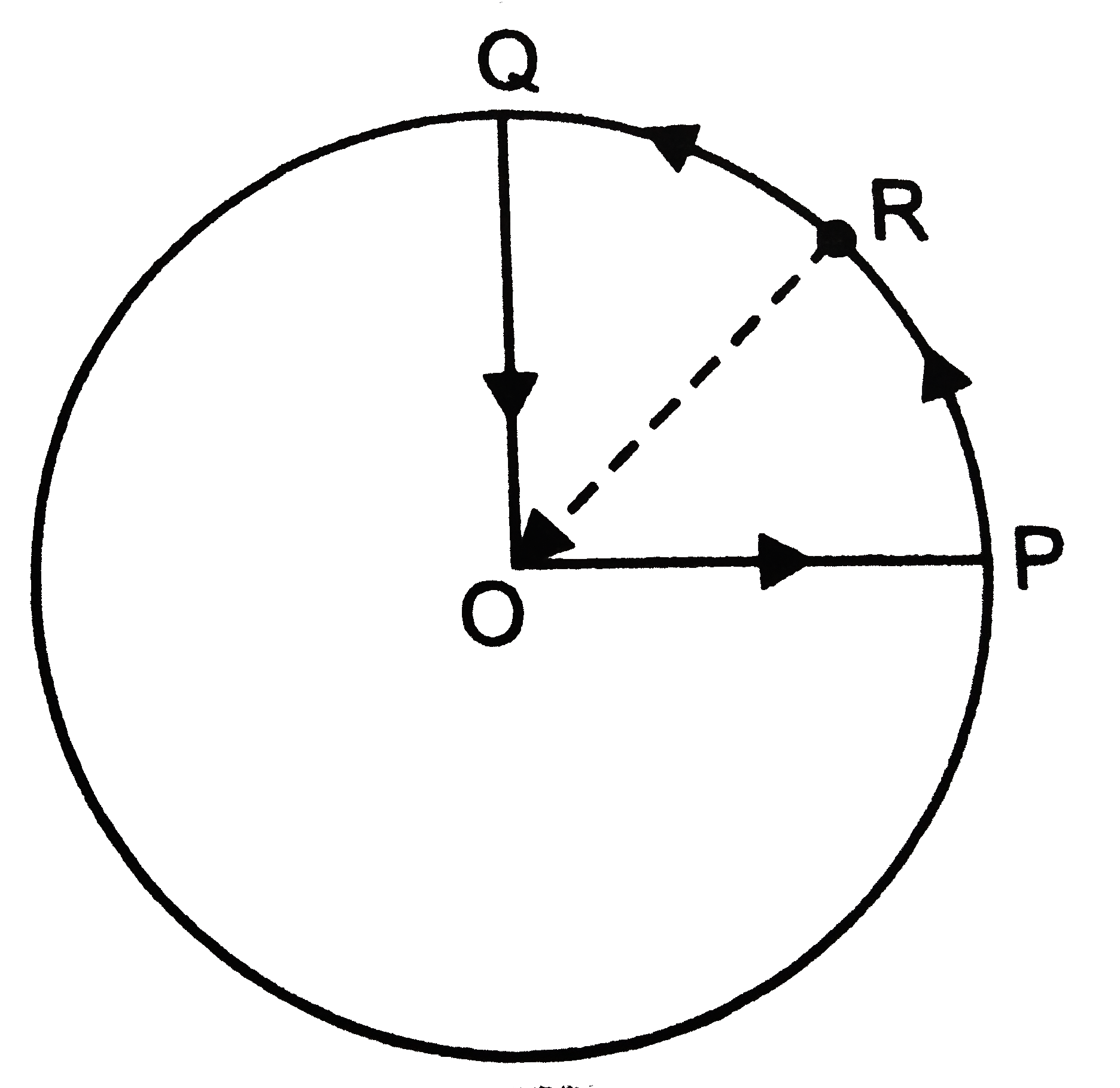A bicycle rider along with his bicycle has a mass of 80 kg. if he is peddling at constant speed 8ms−1, what is the amount of energy possessed by this system ?
To find the amount of energy possessed by the bicycle rider and his bicycle, we need to calculate the kinetic energy of the system. Here’s how to do it step by step:
Step 1: Identify the mass and velocity
- The total mass of the bicycle rider and the bicycle is given as m=80kg.
- The constant speed at which the bicycle rider is pedaling is v=8m/s.
Step 2: Write the formula for kinetic energy
- The formula for kinetic energy (KE) is given by:
KE=12mv2
Step 3: Substitute the values into the formula
- Substitute the values of mass and velocity into the kinetic energy formula:
KE=12×80kg×(8m/s)2
Step 4: Calculate the square of the velocity
- Calculate (8m/s)2:
(8m/s)2=64m2/s2
Step 5: Multiply the mass by the squared velocity
- Now, multiply the mass by the squared velocity:
80kg×64m2/s2=5120kg⋅m2/s2
Step 6: Divide by 2 to find the kinetic energy
- Finally, divide by 2 to find the kinetic energy:
KE=12×5120kg⋅m2/s2=2560Joules
Final Answer
- The amount of energy possessed by the system is 2560J.
---
- The total mass of the bicycle rider and the bicycle is given as m=80kg.
- The constant speed at which the bicycle rider is pedaling is v=8m/s.
- The formula for kinetic energy (KE) is given by:
KE=12mv2
- Substitute the values of mass and velocity into the kinetic energy formula:
KE=12×80kg×(8m/s)2
- Calculate (8m/s)2:
(8m/s)2=64m2/s2
- Now, multiply the mass by the squared velocity:
80kg×64m2/s2=5120kg⋅m2/s2
- Finally, divide by 2 to find the kinetic energy:
KE=12×5120kg⋅m2/s2=2560Joules
- The amount of energy possessed by the system is 2560J.
Topper's Solved these Questions
- ENERGYBOOK - ICSECHAPTER - ENERGYEXERCISE - EXERCISE 4.1 (OBJECTIVE TYPE QUESTIONS) Fill in The blank - A
5 Videos
- ENERGYBOOK - ICSECHAPTER - ENERGYEXERCISE - EXERCISE 4.1 (OBJECTIVE TYPE QUESTIONS) True or False - B
5 Videos
- ENERGYBOOK - ICSECHAPTER - ENERGYEXERCISE - NUMERICAL PROBLEM ON GRAVITATIONAL POTENTIAL ENERGY
2 Videos
- ELECTRICITY BOOK - ICSECHAPTER - ELECTRICITY EXERCISE - Picture Study
5 Videos
- FORCE AND PRESSURE BOOK - ICSECHAPTER - FORCE AND PRESSURE EXERCISE - Picture Study
4 Videos
Similar Questions
Knowledge Check
The mass of a bicycle rider along with the bicycle is 100 kg. he wants to cross over a circular turn of radius 100 m with a speed of 10ms−1. If the coefficient of friction between the tyres and the road is 0.6, will the rider be able to cross the turn? Take g=10ms−2.
A300NB600NC1200ND150N
A car expends an energy of 25,000 J while moving at a constant speed of 5 ms−1. What is the mass of car ?
View SolutionA train of mass 100 tonnes is moving with a uniform speed of 2 ms−1. Calculate the amount of energy possessed by the train.
[Take 1 tonne=1000 kg] [200,000 J]
View SolutionA body of mass 10 kg moves with a constant speed v of 2 ms−1 along a circular path of radius 8 m. The power produced by the body will be
View SolutionA boy has a mass of 55 kg. He climbs 10 m up a tree. What is his gravitational potential energy?
View SolutionA stone of mass 0.4 kg is thrown vertically up with a speed of 9.8 ms−1. Find the potential energy after half second.
View SolutionA shell of mass 0.02 kg is fird by a gun of mass 10 kg. If the muzzle speed of the shell is 600 ms−1, what is the recoil speed of the gun?
View SolutionA cyclist starts form centre O of a circular park of radius 1km and moves along the path OPRQO as shown in the figure . If he maintains constant speed of 10ms−1, what is his acceleration at point (R )in magnitude and direction ?
 .
.
View Solution
